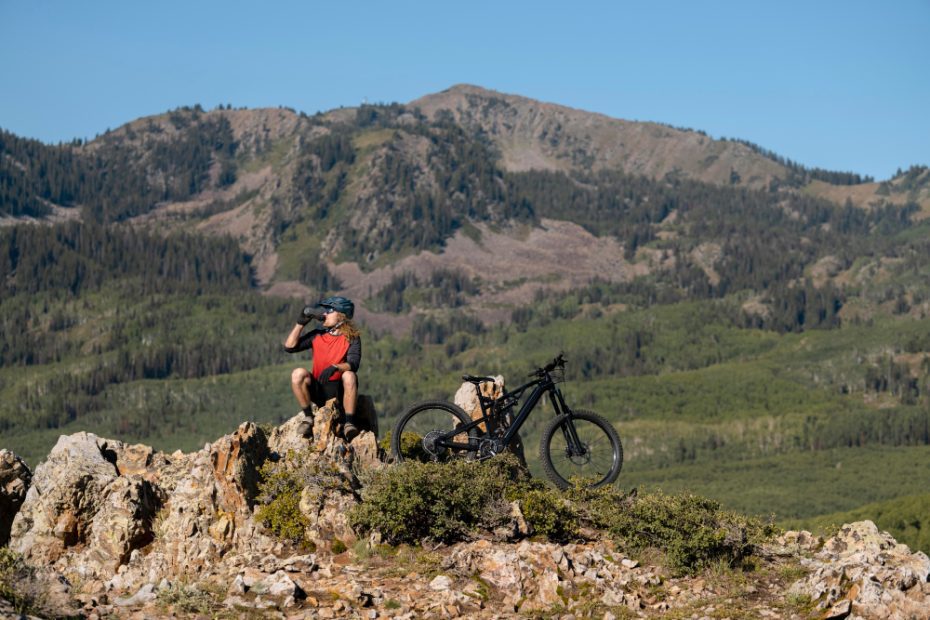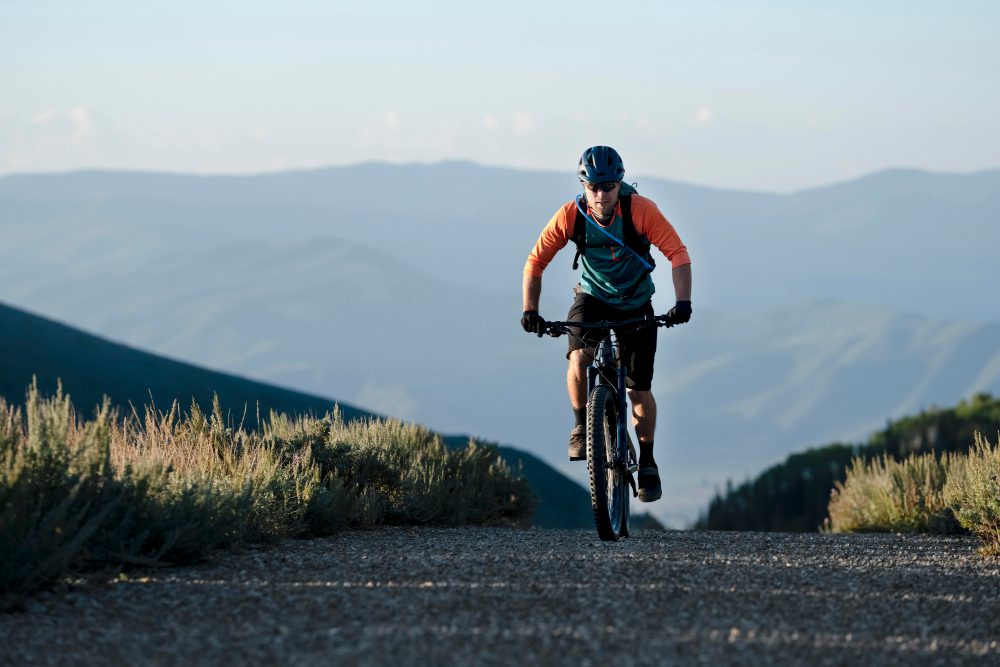How should I train for uphill cycling?
Cycling uphill can be a challenging and demanding endeavor, requiring both physical and mental strength. Whether you’re a seasoned cyclist or a beginner looking to improve your uphill riding skills, training is essential to enhance your performance and conquer those hilly terrains with confidence. In this article, we will discuss various training methods and techniques that can help you excel in uphill cycling.
The Importance of Uphill Cycling Training
Uphill cycling places significant demands on your cardiovascular system, leg muscles, and overall endurance. Proper training can improve your strength, power, and stamina, enabling you to climb steep hills more efficiently and effectively. By incorporating specific training exercises into your routine, you can also enhance your speed, agility, and mental resilience required to tackle challenging uphill routes.
Setting Training Goals
Before embarking on any training program, it’s important to set realistic goals that align with your fitness level and aspirations. Assess your current strengths and weaknesses, and determine what aspects of your uphill cycling skills you want to improve. Whether it’s increasing your climbing speed, endurance, or maintaining consistent power output, having a clear goal in mind will help structure your training plan effectively.
Training Techniques
Implementing a variety of training techniques can enhance your uphill cycling abilities. Here are some effective methods to consider:
Hill Repeats:
One of the most valuable training techniques for uphill cycling is hill repeats. Find a moderately steep hill with a consistent gradient and ride up it at a challenging pace. Once you reach the top, take a short recovery period by descending or riding on flat terrain. Repeat this process multiple times, gradually increasing the number of repetitions as your fitness level improves.
Interval Training:
Interval training involves alternating between high-intensity efforts and recovery periods. This method improves both aerobic and anaerobic fitness, enabling you to generate increased power during uphill climbs. Incorporate intervals into your training by riding at a high intensity for a set duration (e.g., 2 minutes), followed by a recovery period of equal or slightly longer duration.
Strength Training:
Strengthening your leg muscles is crucial for uphill cycling. Include strength training exercises such as squats, lunges, and calf raises in your routine to improve muscular endurance and power. Additionally, incorporating exercises that target core stability and upper body strength can further enhance your overall cycling performance.
Endurance Rides:
To build your endurance for uphill cycling, incorporate long, steady rides into your training plan. These rides should be performed at a moderate intensity, allowing you to sustain prolonged efforts. Gradually increase the duration and intensity of these rides over time to improve your stamina and resistance to fatigue.
Training Schedule and Recovery
Consistency is key when it comes to training for uphill cycling. Develop a structured training schedule that includes a mix of techniques mentioned above, allowing sufficient time for rest and recovery. Remember to listen to your body and avoid overtraining, as recovery is just as important as training itself. Adequate sleep, proper nutrition, and regular stretching can contribute to your overall performance and prevent injuries.
“Uphill cycling requires a combination of physical fitness, mental resilience, and strategic training. By implementing targeted training techniques and setting realistic goals, you can conquer even the toughest ascents with confidence.”
Remember, every cyclist is unique, and what works for one person may not work for another. Experiment with different training methods and adjust your approach as needed to suit your individual strengths and weaknesses. Uphill cycling can be challenging, but with dedication and perseverance, you can improve your skills and conquer those mountains!
What muscles does uphill cycling work?
The Legs
Uphill cycling is a demanding activity that targets various muscle groups, with the legs being the primary focus. When cycling uphill, the quadriceps, hamstrings, and calves all play a critical role in powering the pedals. The quadriceps, located at the front of the thighs, are responsible for extending the leg during the downstroke. The hamstrings, at the back of the thighs, help to flex the knee during the upstroke. The calf muscles, including the gastrocnemius and soleus, provide stability and assist in pushing the pedals.
The Glutes
In addition to the legs, uphill cycling also engages the gluteal muscles. The glutes, particularly the gluteus maximus, are the largest muscles in the body and are crucial for generating power. They help in extending the hips and provide stability during the pedal stroke.
The Core
While the legs and glutes bear the brunt of the effort, uphill cycling also works the core muscles. The core includes the abdominal muscles, obliques, and lower back muscles. These muscles work together to stabilize the body and maintain proper posture while cycling uphill.
The Upper Body
Although not as heavily involved as the lower body, the upper body muscles still contribute to uphill cycling. The muscles in the arms, shoulders, and upper back help to steer the bike, maintain balance, and support the body’s weight.
Uphill cycling is an excellent full-body workout that engages multiple muscle groups simultaneously. It provides a challenging cardiovascular exercise while also strengthening and toning the muscles.
“The combination of leg, glute, core, and upper body engagement makes uphill cycling a highly effective form of exercise.”
For a clearer understanding, here’s a breakdown of the main muscles worked during uphill cycling:
| Muscle Group | Main Muscles Worked |
|---|---|
| Legs | Quadriceps, Hamstrings, Calves |
| Glutes | Gluteus Maximus |
| Core | Abdominals, Obliques, Lower Back |
| Upper Body | Arms, Shoulders, Upper Back |
If you’re looking to strengthen these muscle groups and improve your uphill cycling performance, incorporating specific exercises such as squats, lunges, deadlifts, and planks into your training routine can be highly beneficial.
- Squats: Focus on proper form while performing squats to engage the quadriceps, hamstrings, and glutes.
- Lunges: Lunges target the same muscle groups as squats but also engage the stabilizing muscles.
- Deadlifts: Deadlifts primarily work the hamstrings and glutes, strengthening them for uphill cycling.
- Planks: Planks are excellent for core strength and stability, enhancing overall cycling performance.
Remember to warm up before any workout and consult a professional trainer if you’re new to these exercises. Happy cycling!
How can I improve my uphill endurance?
1. Gradually increase hill training
To improve your uphill endurance, it is important to gradually increase the intensity and duration of your hill training sessions. Start with shorter climbs and gradually work your way up to longer and steeper hills. This will help build your leg muscles and cardiovascular strength.
2. Focus on climbing technique
Proper climbing technique can make a significant difference in your uphill endurance. Maintain a steady rhythm and cadence, using both your leg muscles and upper body to propel yourself up the hill. Leaning slightly forward and keeping your core engaged can also help improve your climbing efficiency.
3. Strengthen your leg muscles
Strong leg muscles are essential for improving uphill endurance. Incorporate exercises such as squats, lunges, and calf raises into your regular strength training routine. These exercises will help develop the specific muscles used during climbing.
4. Include interval training
Interval training can be an effective way to improve uphill endurance. Incorporate short bursts of high-intensity climbing into your training rides, followed by periods of recovery. This will help increase your anaerobic capacity and improve your overall climbing performance.
5. Maintain a consistent training schedule
Consistency is key when it comes to improving uphill endurance. Aim to train regularly, incorporating both hill-specific workouts and general cycling workouts into your routine. This will help your body adapt and build the necessary stamina for uphill climbs.
6. Fuel your body properly
Proper nutrition is crucial for maintaining energy levels and improving uphill endurance. Make sure to consume enough carbohydrates, protein, and healthy fats to support your training. Stay hydrated throughout your rides and consider fueling with energy gels or bars during longer hill climbs.
7. Mental preparation
Uphill endurance requires mental strength and determination. Stay focused on your goals and visualize yourself conquering the hills. Break the climb into smaller segments and celebrate each milestone you reach. Positive self-talk can go a long way in pushing through challenging uphill sections.
8. Cross-training
Incorporating cross-training activities can benefit your overall fitness and help improve uphill endurance. Activities such as running, swimming, or hiking can engage different muscle groups and enhance your cardiovascular fitness, which can positively impact your cycling performance.
9. Join a group or find a training partner
Training with others who have similar goals can provide motivation and accountability. Join a cycling club or find a training partner to share your uphill training sessions. Group rides can also simulate race-like conditions and push you to improve your endurance.
10. Rest and recovery
Rest and recovery are essential for allowing your body to adapt and improve. Make sure to incorporate rest days into your training schedule and listen to your body’s signals. Overtraining can lead to fatigue and decreased performance, so proper rest is crucial for optimal uphill endurance.
Remember, improving your uphill endurance takes time and consistent effort. Be patient with yourself and enjoy the journey of becoming a stronger and more efficient climber.
“Uphill endurance is not just about physical strength but also mental resilience.”



